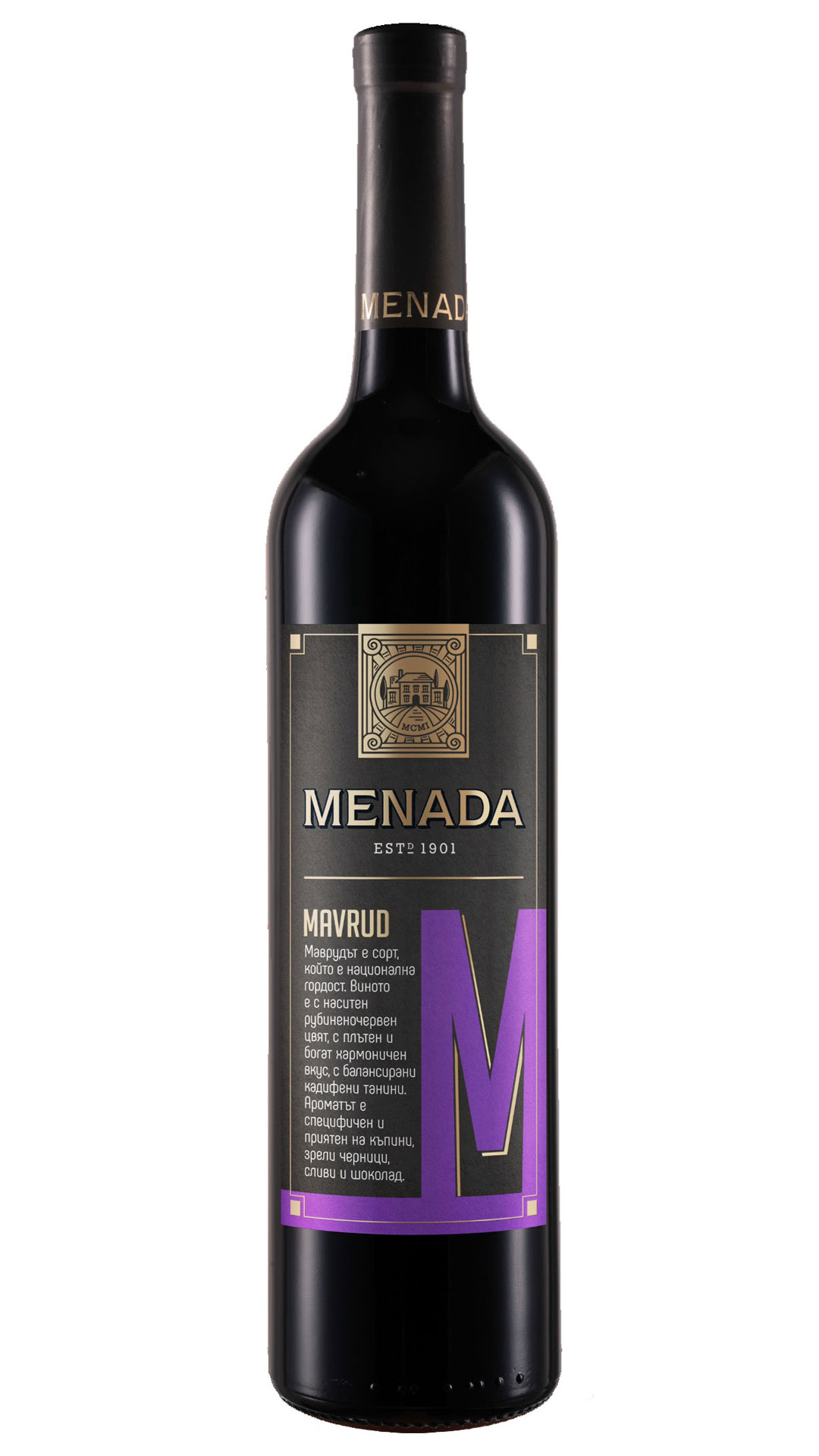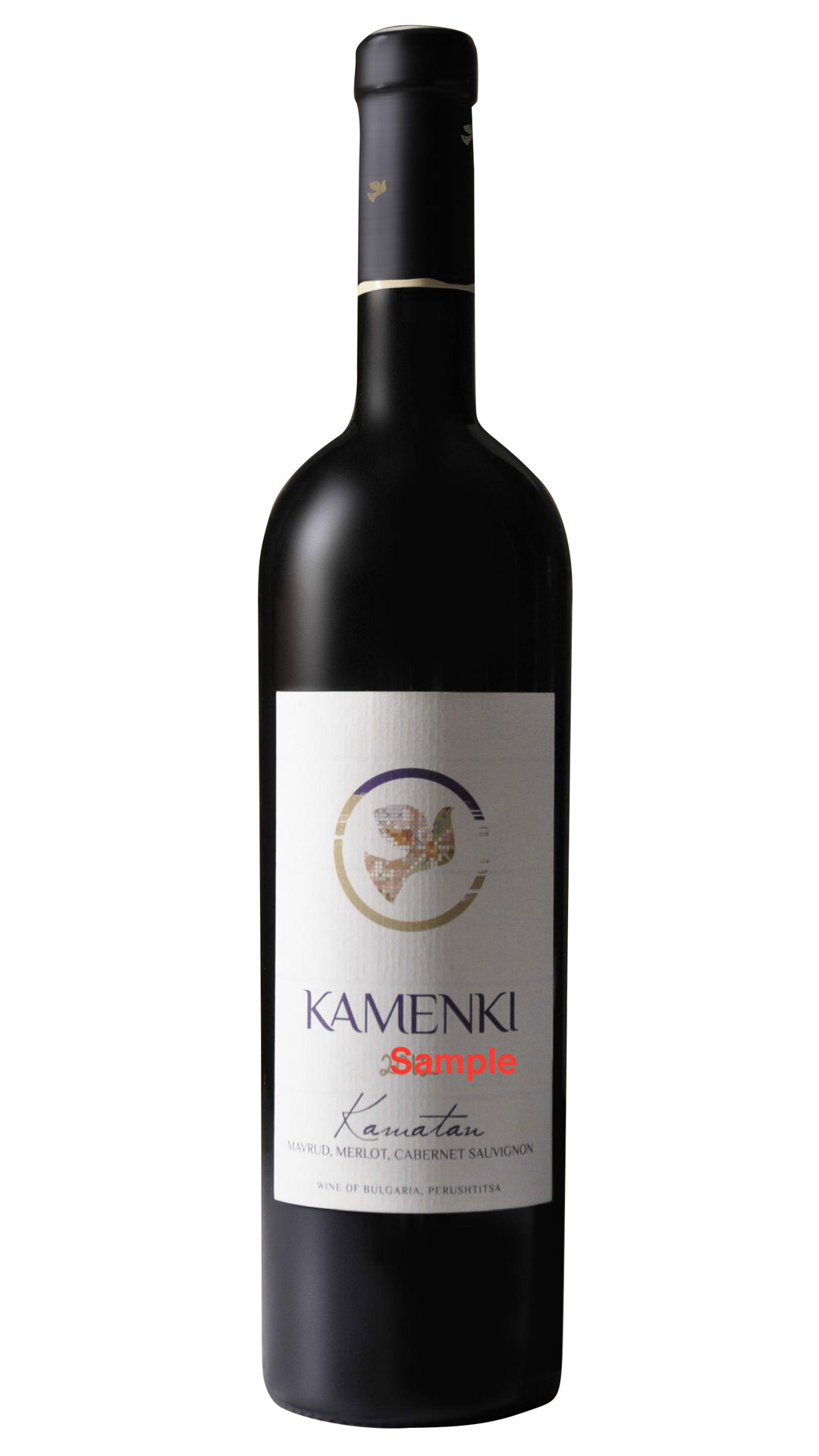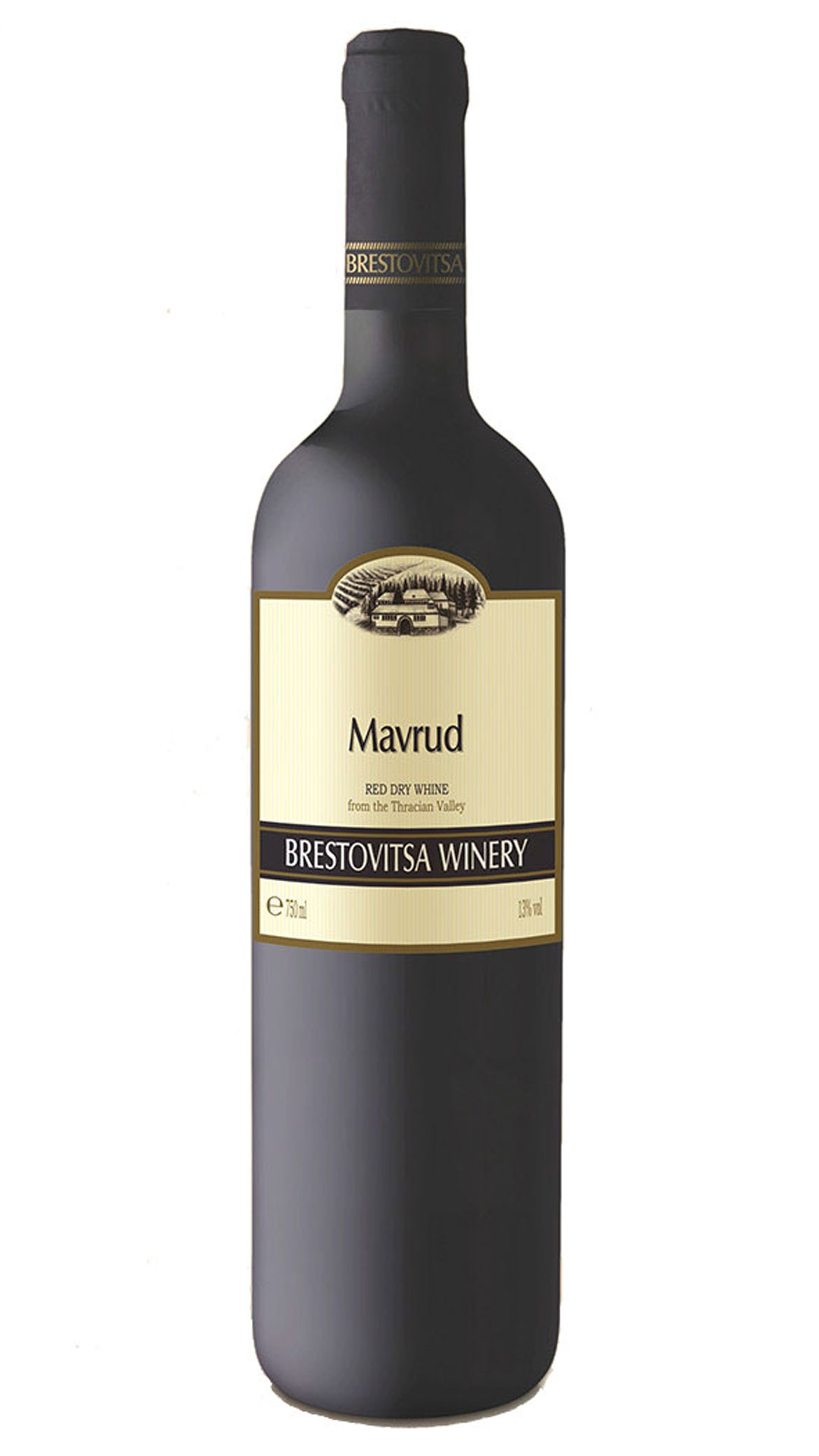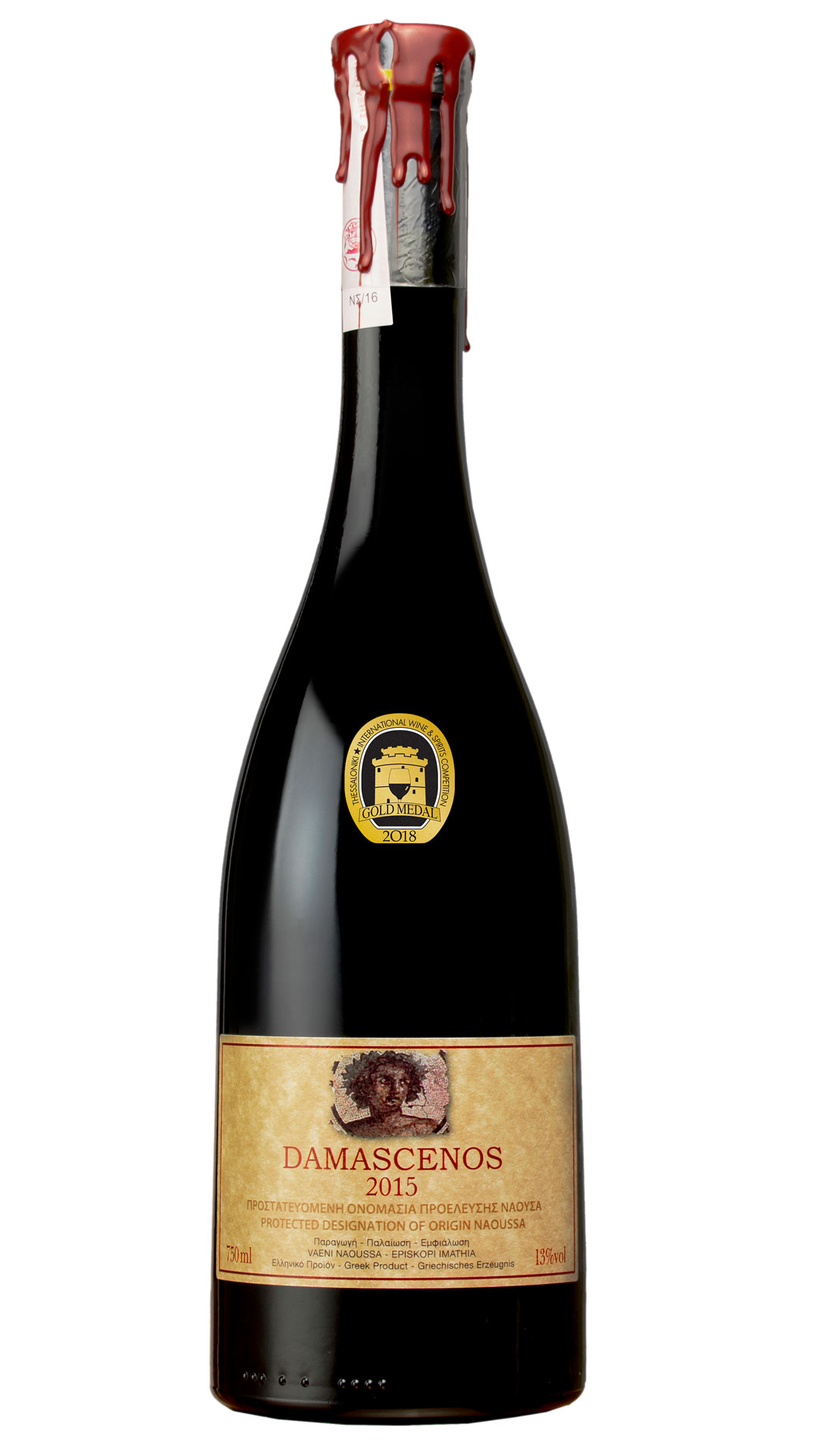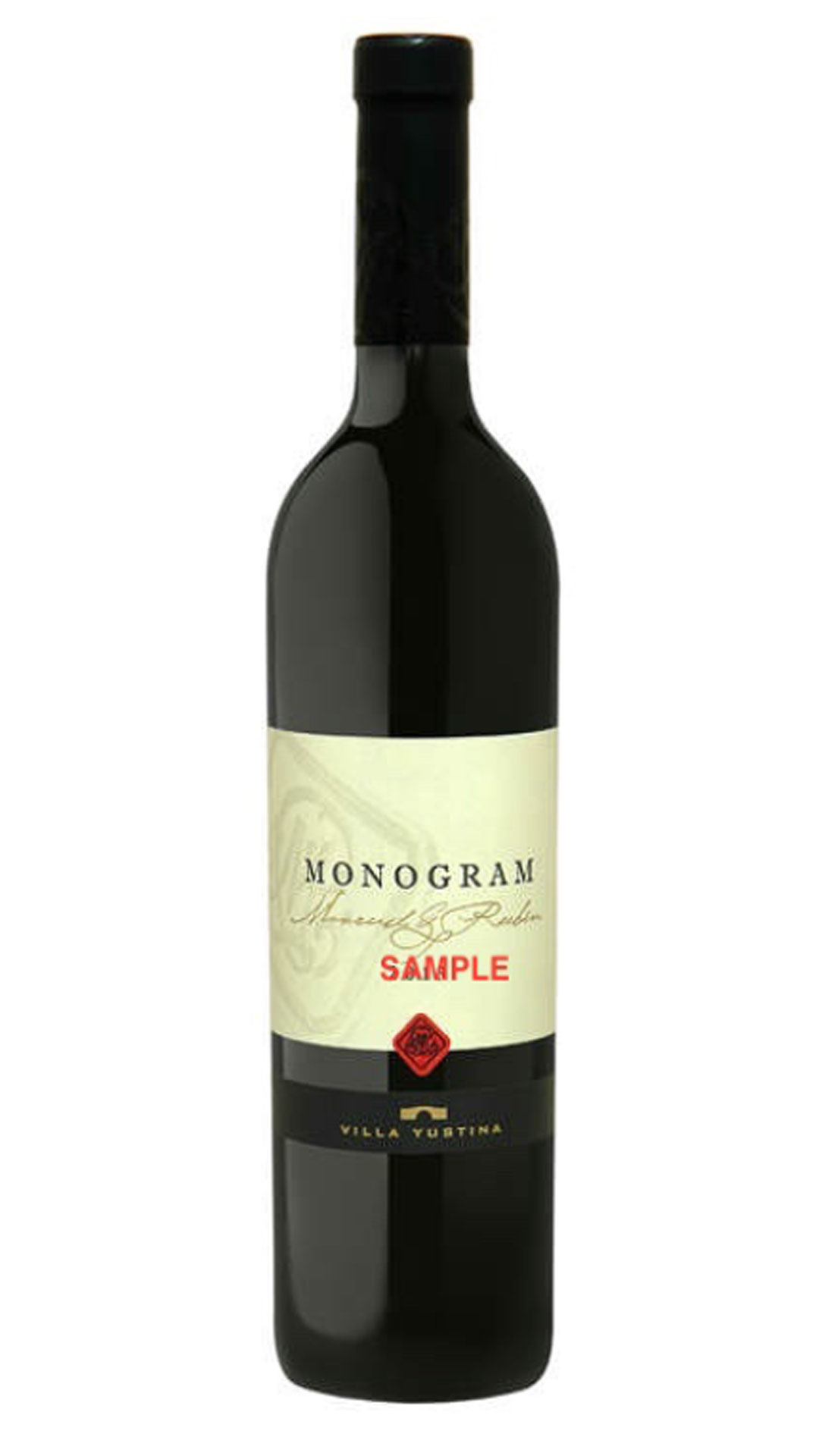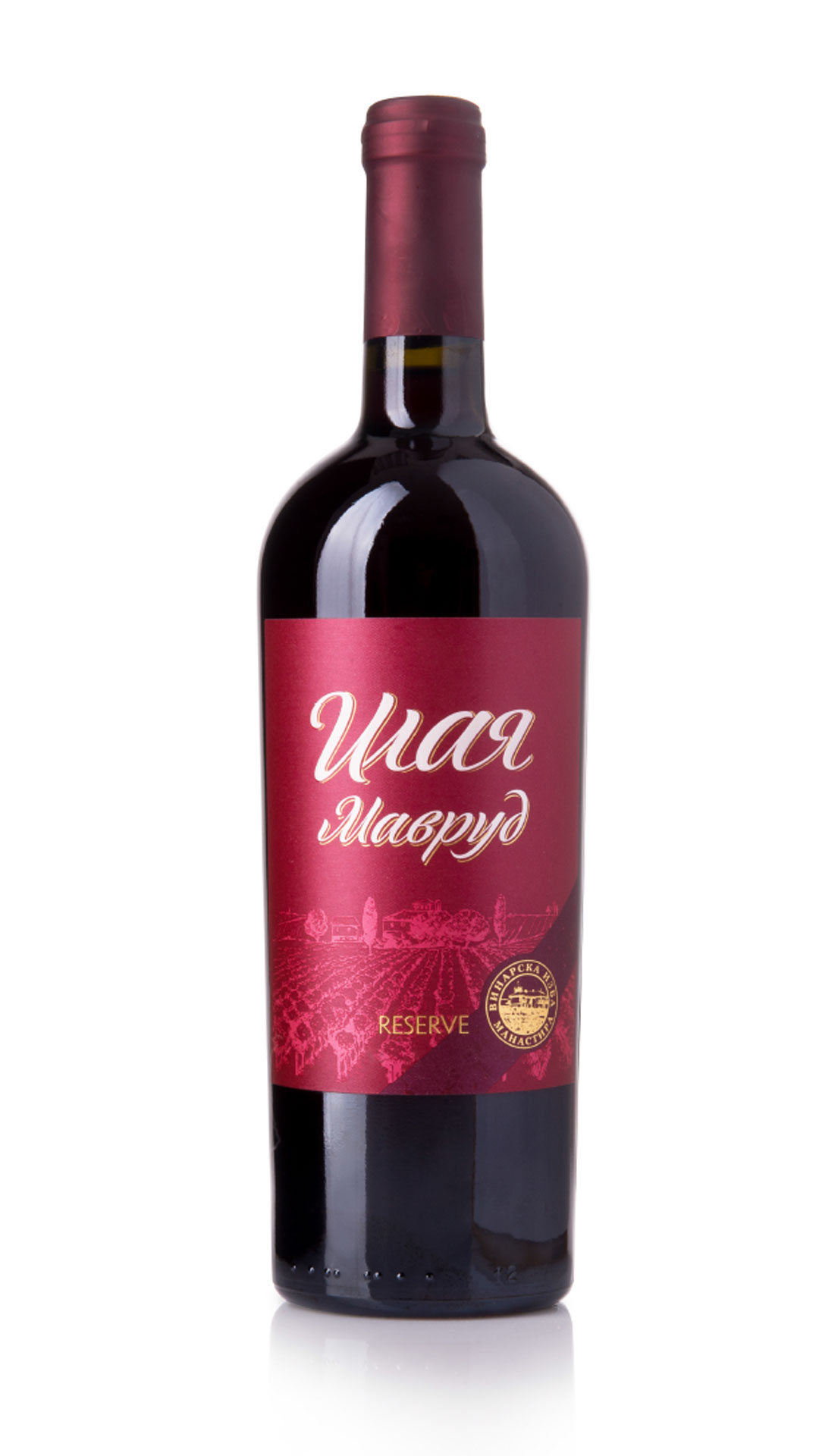European Policy
 The EU wine market situation can be characterized in recent years by the following factors: a decreasing EU wine production, a decrease in EU wine consumption and increased wine exports to third countries considerably exceeding the increase in wine imports.
The EU wine market situation can be characterized in recent years by the following factors: a decreasing EU wine production, a decrease in EU wine consumption and increased wine exports to third countries considerably exceeding the increase in wine imports.
The net result is a decrease of stocks leading to increasing wine prices, over the last two years. Market balance was reached, while certain market measures such as the support for potable alcohol distillation and for the use of concentrated must were phased out.
In the mid to late 1990s, much of Common Agricultural Policy was overhauled and the legislation was simplified. A major revision was done in 1999.
The latest round of reforms was announced in 2006 and led to agreed legal documents in 2008.The reform of the wine CMO adopted in 2008 and incorporated into Council Regulation (EC) No 1234/2007 of 22 October 2007 (hereinafter 'SCMO Regulation') aims to increase the competitiveness of the EU wine producers.
The new quality policy applies since 1 August 2009 and concerns PDO, PGI and TT.
The EU’s wine sector benefits from a far-reaching legislative framework, mainly governed by the Common Market Organization (Reg. EU 1308/2013 and subsequent implementing regulations).
As regards PDO/PGI, the new rules are fully in line with the WTO-TRIPS Agreement and coherent with agricultural products and foodstuffs PDO/PGI regime. The modernization of this policy was considered essential to harmonies EU rules and to adapt wine products to market demand. The wine sector is quite particular in that a high proportion of the production is under PDO or PGI and the reputation and quality of wine is very often linked to the region of production, particular in wine producing Member States. The new policy should enhance the consolidation of quality wines with PDO and PGI and their protection against usurpation in Europe and in third countries. An essential task of the EU within the reform was to consolidate the list of the protected EU PDO and PGI wines.
Quality

 EU legislation sets strict criteria guaranteeing the standards of all European products.
EU legislation sets strict criteria guaranteeing the standards of all European products.
Key figures on European quality policy are the Common Organization of Markets for agricultural products, the determination of common legislative frameworks of all the EU Member States to define together the specifications, the operating framework and the inspection regime, which ensure that the specifications are common to the whole European market. Cultivation and production methods meet international and European quality and safety standards. This recognition will diffuse into target markets.
European Food Safety
European food safety policies are a set of regulations and measures implemented by the European Union (EU) to ensure the safety and quality of food products produced and sold within its member states. The main objectives of these policies are to protect public health, ensure fair practices in the food industry, and maintain consumer confidence in the food supply. Here are some key aspects of European food safety policies:
European Food Safety Authority (EFSA): The EFSA is the central agency responsible for providing scientific advice and risk assessment related to food safety in the EU. It conducts evaluations of food and feed safety, assesses risks, and provides scientific advice to EU institutions and member states.
General Food Law Regulation: The General Food Law Regulation (Regulation (EC) No 178/2002) sets out the general principles and requirements of food law in the EU. It establishes the responsibilities of food businesses, traceability and labeling requirements, and procedures for risk assessment and risk management.
Risk Analysis: The EU follows a risk analysis approach to food safety, involving risk assessment (scientific evaluation), risk management (implementation of measures), and risk communication (informing the public about risks). This system ensures that decisions related to food safety are based on scientific evidence.
Rapid Alert System for Food and Feed (RASFF): RASFF enables the rapid exchange of information between EU countries and the European Commission in cases of serious risks to food or feed safety. It facilitates coordinated and swift actions to address and manage potential food safety incidents.
Official Controls: EU member states are responsible for conducting official controls to verify compliance with food safety regulations. These controls cover all stages of food production, processing, and distribution.
Labeling and Traceability: EU regulations require clear and accurate labeling of food products, including information on ingredients, nutritional content, and allergens. Traceability requirements ensure that food products can be traced back to their origin if safety issues arise.
Food Contact Materials: EU regulations also cover the safety of materials that come into contact with food, such as packaging and kitchenware, to prevent harmful substances from migrating into food.
Image / Appreciation of European products
 The aim of the program is enhancing the positive image of European products, between target groups as defined, that have sufficient skills to receive and transmit the program messages.The signature "Enjoy it's from Europe" will be visible on all communication material produced as part of the communication basis of the action.
The aim of the program is enhancing the positive image of European products, between target groups as defined, that have sufficient skills to receive and transmit the program messages.The signature "Enjoy it's from Europe" will be visible on all communication material produced as part of the communication basis of the action.






